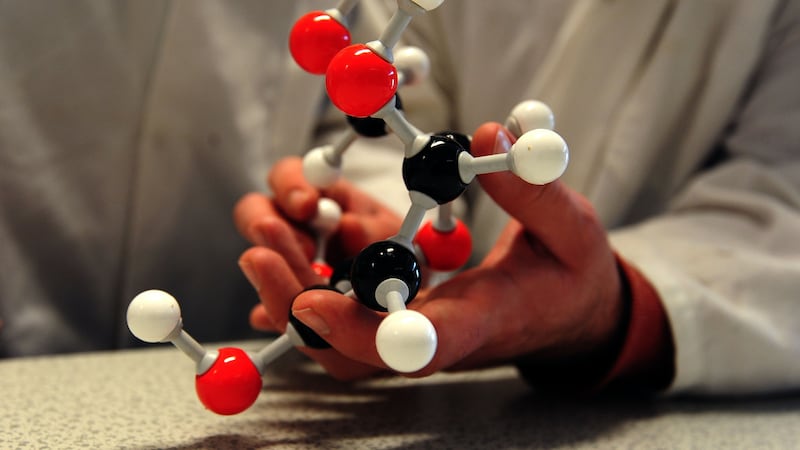The fastest possible speed of sound has been discovered by scientists, according to a new study.
Published in the journal Science Advances, researchers found soundwaves travel at about 36km per second in solid atomic hydrogen – around twice as fast as the speed of sound in diamond, the hardest known material in the world.
Until now, it was not known whether sound waves have an upper speed limit when travelling through solids or liquids.
Soundwaves can travel through different mediums, such as air or water, and move at different speeds depending on what they are travelling through.
They move through solids much faster than they would through liquids or gases, which is why an approaching train can be heard much faster if listened through the rail track rather than the air.
The study shows that predicting the upper limit of the speed of sound is dependent on the structure and mass of what it is moving through.
Scientists tested this on a wide range of materials and addressed one specific prediction of their theory – that the speed of sound should decrease with the mass of the atom.
They found the speed of sound in solid atomic hydrogen is close to the theoretical fundamental limit.
The research came from a collaboration between Queen Mary University of London, the University of Cambridge and the Institute for High Pressure Physics in Moscow, Russia.
Professor Chris Pickard, Professor of Materials Science at the University of Cambridge, said: “Soundwaves in solids are already hugely important across many scientific fields.
“For example, seismologists use soundwaves initiated by earthquakes deep in the Earth interior to understand the nature of seismic events and the properties of Earth composition.
“They’re also of interest to materials scientists because soundwaves are related to important elastic properties including the ability to resist stress.”
Professor Kostya Trachenko, Professor of Physics at Queen Mary, added: “We believe the findings of this study could have further scientific applications by helping us to find and understand limits of different properties such as viscosity and thermal conductivity relevant for high-temperature superconductivity, quark-gluon plasma and even black hole physics.”








